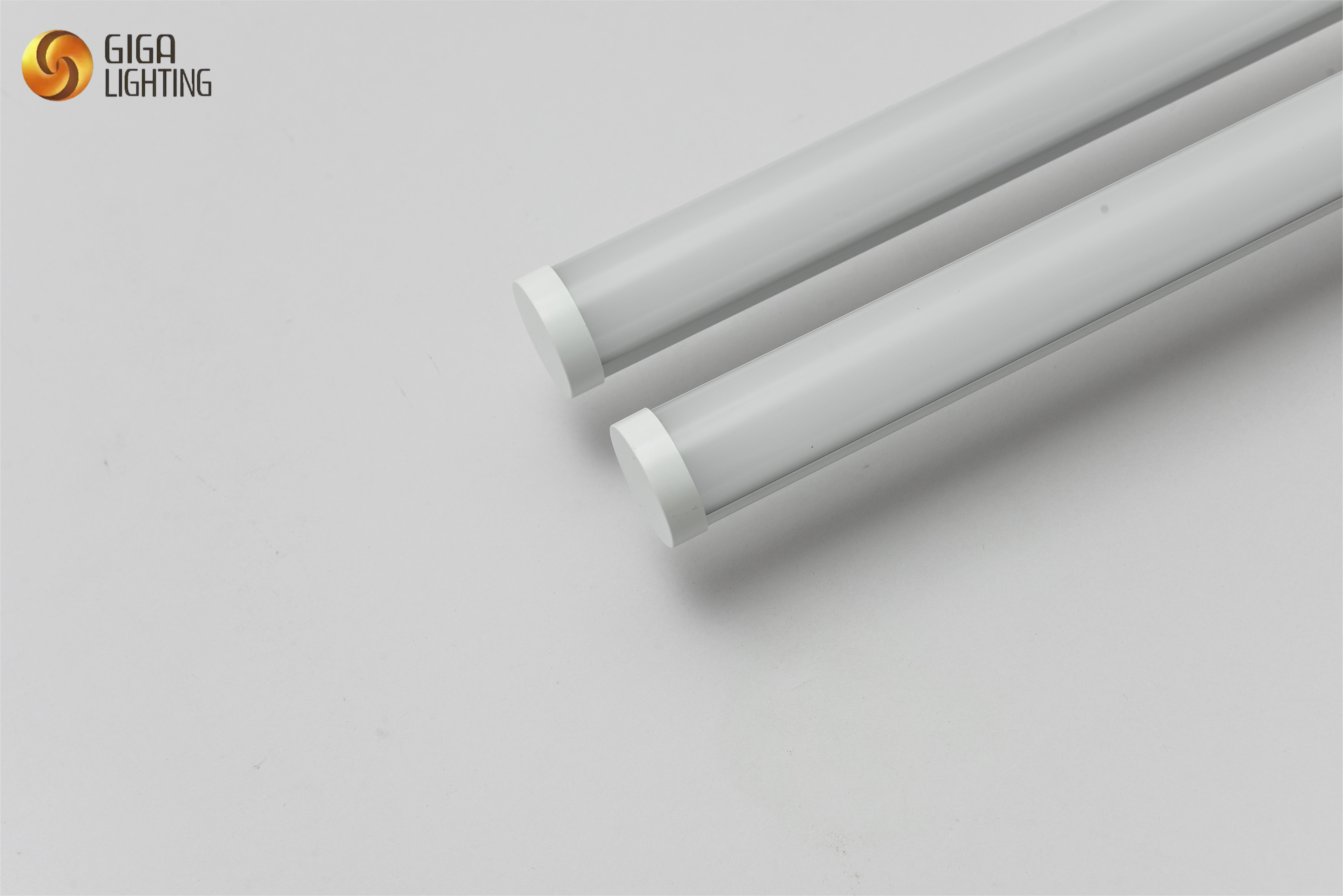Views: 25 Author: Site Editor Publish Time: 2024-04-07 Origin: Site









Exporting LED lights can open a wide array of opportunities for businesses looking to expand their reach in the global market. As the demand for energy-efficient lighting solutions increases, becoming a successful lighting exporter requires understanding the complexities of international trade, regulations, and establishing connections with reliable partners. Here's a comprehensive guide to help you navigate through the process of exporting LED lights.
The first step in becoming a successful lighting exporter is to grasp the dynamics of the global LED lighting market. Researching and identifying potential markets where the demand for LED lights is on the rise is crucial. Developing countries, in particular, are rapidly adopting LED technology to reduce energy consumption and costs. Understanding the preferences and requirements of different regions can help tailor your offerings to suit specific markets.
Exporting LED lights isn't as simple as shipping your products overseas. Each country has its own set of regulations and standards that products must meet before they can be sold within its borders. Familiarizing yourself with these requirements is essential. Obtaining certifications such as CE, UL, or RoHS can significantly enhance your credibility as a professional lighting export company and facilitate smoother entry into new markets.
An efficient supply chain is the backbone of any successful export business. Establishing relationships with reliable suppliers and manufacturers ensures that you can provide high-quality LED lighting products consistently. Additionally, partnering with experienced logistics companies can help navigate the complexities of international shipping, customs clearance, and ensure that your products reach your customers in a timely manner.
Creating an effective marketing strategy is vital for reaching out to potential customers and establishing your brand as a trusted lighting exporter. Leveraging digital marketing channels such as social media, search engine optimization (SEO), and online trade portals can significantly increase your visibility in target markets. Participating in international trade shows and exhibitions related to lighting and energy efficiency can also provide valuable networking opportunities and insights into industry trends.
In conclusion, becoming a professional lighting export company involves more than just selling LED lights to foreign buyers. It requires a deep understanding of the global market, compliance with international regulations, establishing a reliable supply chain, and effective marketing strategies. With diligent research, strategic planning, and perseverance, your business can successfully navigate the complexities of exporting LED lights and shine bright in the global market.